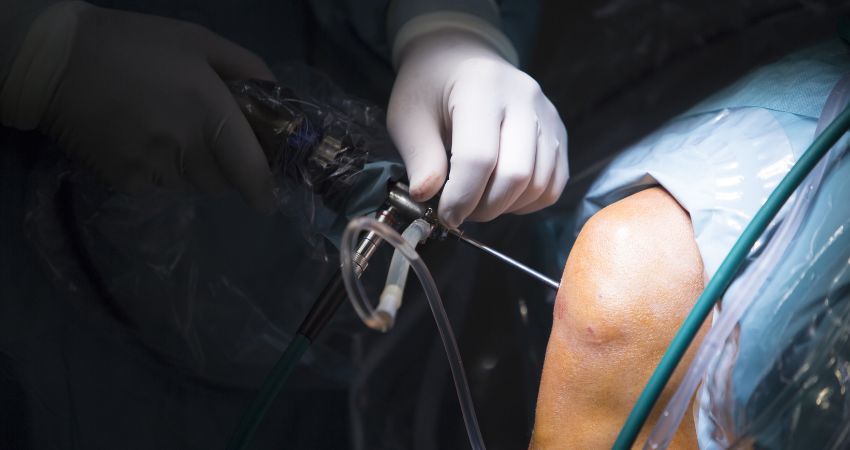- Home |
- Arthroscopy
Arthroscopy

What is Arthroscopy?
Orthopedic surgeons use arthroscopy, a minimally invasive surgical procedure, to identify and treat issues inside a joint. Essentially, arthroscopy is a way for doctors to look inside joints and carry out surgeries through Button Hole Surgery.
During an arthroscopic procedure, a small camera called an arthroscope is inserted into the joint. This camera displays pictures on a video monitor, allowing the surgeon to guide miniature surgical instruments to repair the joint. Since the arthroscope and surgical instruments are slim, the surgeon can use very small incisions, unlike the larger incisions needed for open surgery. This results in less pain for patients, less joint stiffness, and often a quicker recovery.
Conditions Treated with Arthroscopy
Arthroscopy is used to diagnose and treat a variety of joint conditions, primarily in the knee, shoulder, elbow, ankle, hip, and wrist. Common conditions treated include torn floating cartilage, torn surface cartilage, ACL reconstruction, and trimming damaged cartilage. Dr. Aayush Bhargava at Rajul Nursing Home in Aligarh, Uttar Pradesh, specializes in these procedures, offering expert care to his patients.
Benefits of Arthroscopy
One of the main advantages of arthroscopy is that it is generally easier on the patient than open surgery. Most patients have their arthroscopic surgery as outpatients and are home several hours after the surgery. The smaller incisions reduce the risk of infection and swelling and lead to a quicker recovery compared to open surgery. Additionally, many patients experience less post-operative pain and a faster return to their normal activities.







